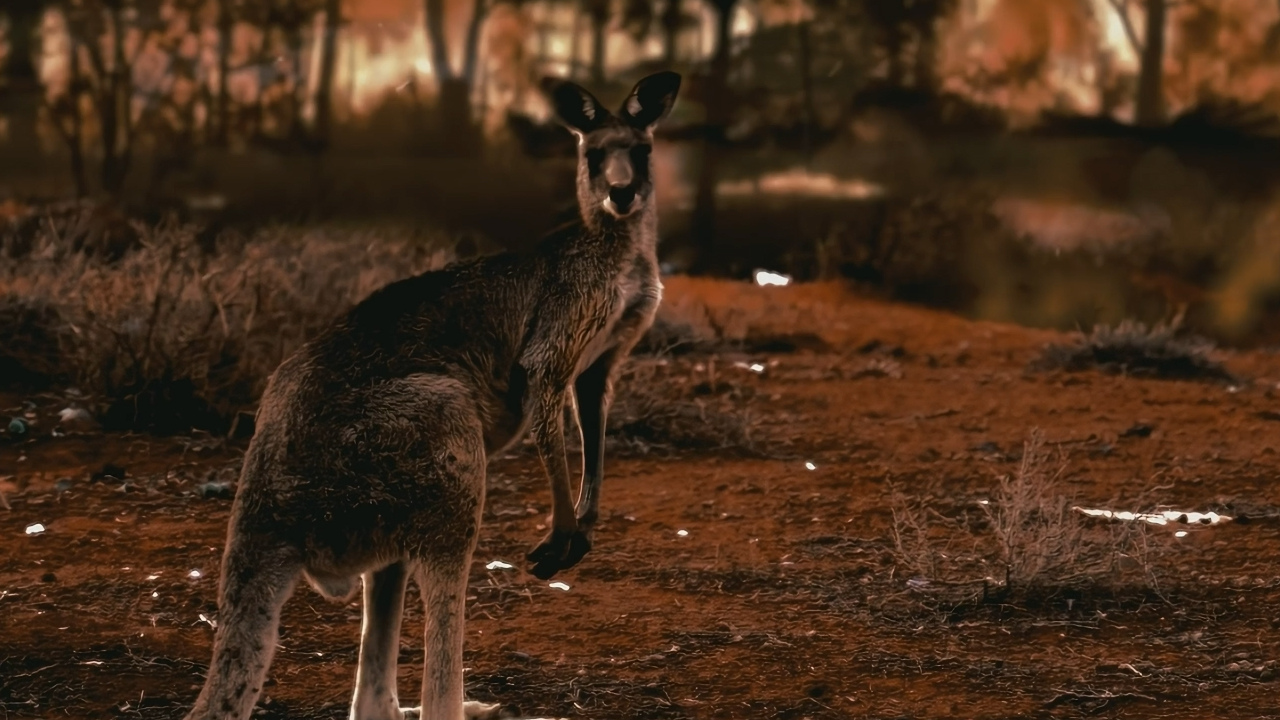一、target的设计
class SemanticSegmentationTarget:
def __init__(self, category, mask):
self.category = category
self.mask = torch.from_numpy(mask)
if torch.cuda.is_available():
self.mask = self.mask.cuda()
def __call__(self, model_output):
return (model_output[self.category, :, : ] * self.mask).sum()
targets = [SemanticSegmentationTarget(car_category, car_mask_float)]
二、代码示例
import warnings
warnings.filterwarnings('ignore')
warnings.simplefilter('ignore')
from torchvision.models.segmentation import deeplabv3_resnet50
import torch
import torch.functional as F
import numpy as np
import requests
import torchvision
from PIL import Image
from pytorch_grad_cam.utils.image import show_cam_on_image, preprocess_image
import cv2
image_url = "https://farm1.staticflickr.com/6/9606553_ccc7518589_z.jpg"
image = np.array(Image.open(requests.get(image_url, stream=True).raw))
rgb_img = np.float32(image) / 255
input_tensor = preprocess_image(rgb_img,
mean=[0.485, 0.456, 0.406],
std=[0.229, 0.224, 0.225])
model = deeplabv3_resnet50(pretrained=True, progress=False)
model = model.eval()
if torch.cuda.is_available():
model = model.cuda()
input_tensor = input_tensor.cuda()
print(input_tensor.shape)
output = model(input_tensor)
print(type(output), output.keys())
class SegmentationModelOutputWrapper(torch.nn.Module):
def __init__(self, model):
super(SegmentationModelOutputWrapper, self).__init__()
self.model = model
def forward(self, x):
return self.model(x)["out"]
model = SegmentationModelOutputWrapper(model)
output = model(input_tensor)
print(output.shape)
normalized_masks = torch.nn.functional.softmax(output, dim=1).cpu()
sem_classes = [
'__background__', 'aeroplane', 'bicycle', 'bird', 'boat', 'bottle', 'bus',
'car', 'cat', 'chair', 'cow', 'diningtable', 'dog', 'horse', 'motorbike',
'person', 'pottedplant', 'sheep', 'sofa', 'train', 'tvmonitor'
]
sem_class_to_idx = {cls: idx for (idx, cls) in enumerate(sem_classes)}
car_category = sem_class_to_idx["car"]
car_mask = normalized_masks[0, :, :, :].argmax(axis=0).detach().cpu().numpy()
car_mask_uint8 = 255 * np.uint8(car_mask == car_category)
car_mask_float = np.float32(car_mask == car_category)
both_images = np.hstack((image, np.repeat(car_mask_uint8[:, :, None], 3, axis=-1)))
Image.fromarray(both_images)
both_images = cv2.cvtColor(both_images, cv2.COLOR_RGB2BGR)
cv2.imwrite("both_images_seg.jpg", both_images)
from pytorch_grad_cam import GradCAM
class SemanticSegmentationTarget:
def __init__(self, category, mask):
self.category = category
self.mask = torch.from_numpy(mask)
if torch.cuda.is_available():
self.mask = self.mask.cuda()
def __call__(self, model_output):
return (model_output[self.category, :, : ] * self.mask).sum()
target_layers = [model.model.backbone.layer4]
targets = [SemanticSegmentationTarget(car_category, car_mask_float)]
print(type(targets))
print(type(targets[0]))
with GradCAM(model=model, target_layers=target_layers) as cam:
grayscale_cam = cam(input_tensor=input_tensor, targets=targets)[0, :]
cam_image = show_cam_on_image(rgb_img, grayscale_cam, use_rgb=True)
Image.fromarray(cam_image)
cam_image = cv2.cvtColor(cam_image, cv2.COLOR_RGB2BGR)
cv2.imwrite("cam_image_seg.jpg", cam_image)
总结
- 总结:
- Layer:多个Layer会聚合成为1个
- BatchSize:多个BatchSize会有多个BatchSize的输出



